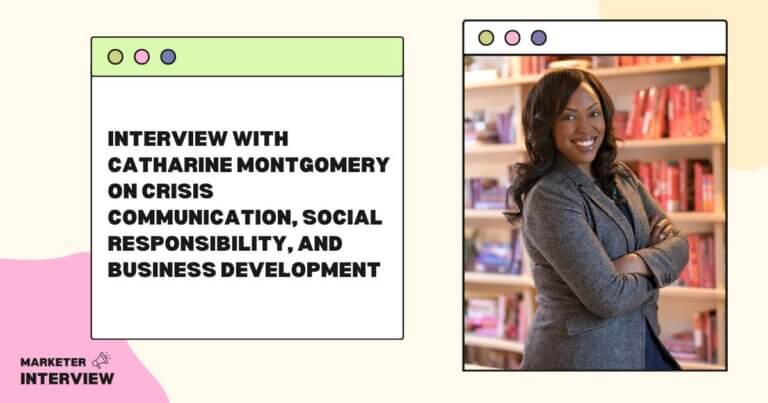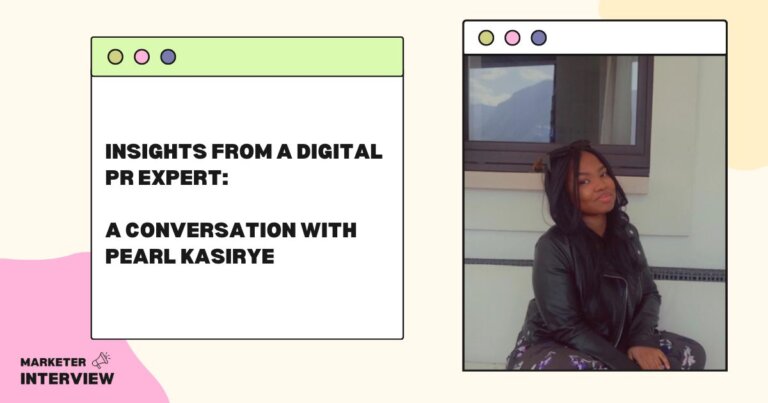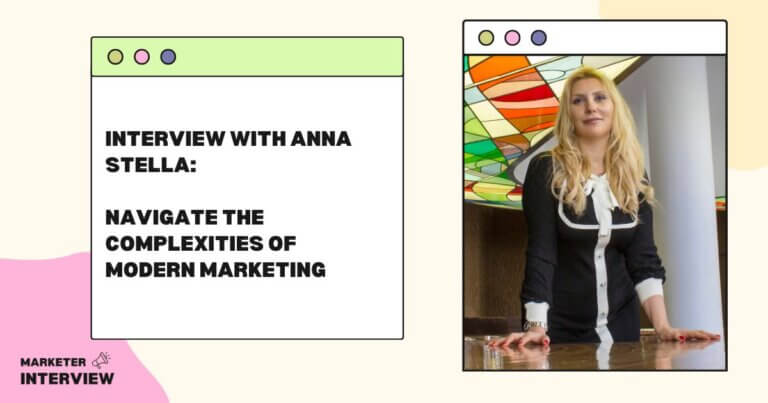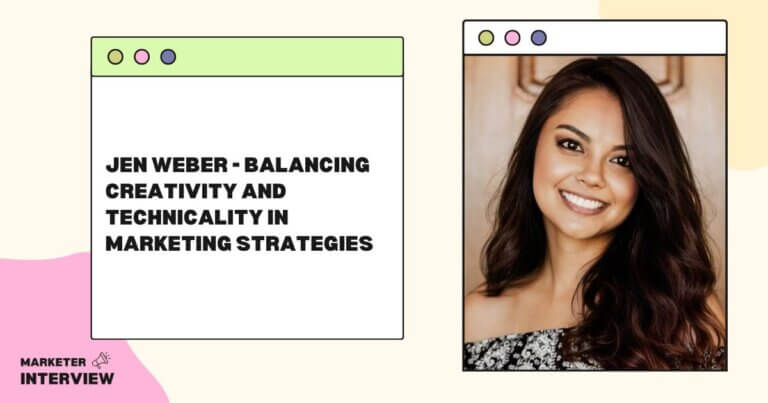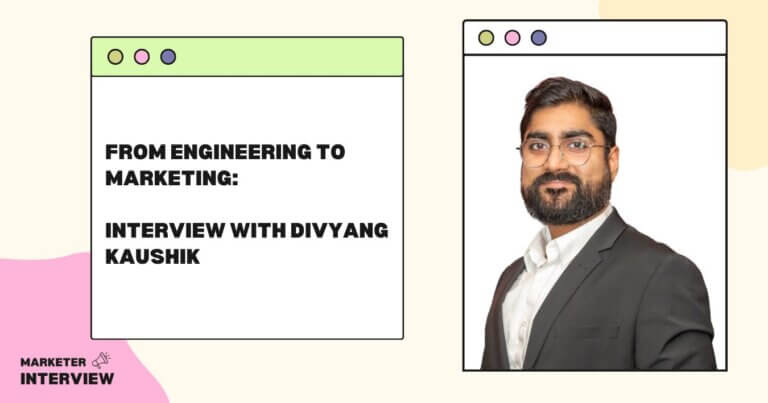Crafting Creativity: An Exclusive Interview with Scott Blume
Welcome to Marketer Interview, the go-to destination for insightful conversations with marketing professionals making waves in the industry.
Today, we have the privilege of speaking with Scott Blume, the Creative and Web Manager at RGC Digital Marketing.
Scott’s journey seamlessly blends traditional artistry with the digital landscape, making him a valuable asset in the marketing realm. His keen eye for aesthetics and strategic thinking have helped him carve out a niche in the industry.
Let’s jump into this interview to discover Scott’s career trajectory, insights into his expertise, and the tools he swears by to deliver exceptional results.
Contents
- 1 Can you tell us about your journey into the field of marketing and how you developed a passion for it, especially considering your traditional art background and printmaking degree?
- 2 What inspired you to specialize in graphic design, logo design, and UX/UI design? How do these elements contribute to successful marketing campaigns?
- 3 With your client-side and agency environments expertise, can you share some critical differences in approaching design and marketing challenges in these contexts?
- 4 Print and digital marketing are two distinct realms. How do you effectively bridge the gap between them, and what do you believe are the fundamental principles for success?
- 5 Branding is a critical aspect of marketing. Could you discuss the significance of branding and logo design in creating a solid brand identity and share any memorable projects you’ve worked on in this area?
- 6 Creative strategy is your forte. Could you walk us through your approach to conceptualizing and strategizing for marketing campaigns, and how do you ensure they stand out in a crowded digital landscape?
- 7 In the digital marketing world, tools and software are essential. Please tell us about the tools and software you find indispensable for your role and how they enhance your creative process.
- 8 Your educational journey includes a Master of Design from UNSW. How has higher education contributed to your career, and do you have any advice for aspiring marketers looking to further their education?
- 9 Leadership attributes are mentioned in your profile. How do these qualities come into play in your role as a Creative and Web Manager, and what advice can you offer to those aspiring to take on leadership roles in the creative field?
- 10 Finally, what exciting projects or trends in the marketing and design world are you currently passionate about or looking forward to?
Can you tell us about your journey into the field of marketing and how you developed a passion for it, especially considering your traditional art background and printmaking degree?
I started my career in Graphic Design immediately after high school, working for some local businesses and taking on small contract work.
My undergraduate course was in printmaking, but there was a supplemental class on graphic design that the university offered. So, during this time, I worked full-time as a graphic designer while getting my formal training. This continued as I completed my Master’s degree. Since then, I have progressed from Graphic Design into leading Creative teams, Marketing, and Project Management.
What inspired you to specialize in graphic design, logo design, and UX/UI design? How do these elements contribute to successful marketing campaigns?
My interests always revolve around creating eye-catching and engaging designs. Throughout my career, this took a natural course into branding projects, website design, and all design aspects that support a marketing campaign. Depending on the strategy for each campaign, certain mediums lend themselves to the project more so than others.
It is crucial to have a broad understanding of possible options to present ideas to your client that utilize the right platform to communicate with their audience. This is the critical element in developing a successful strategy for any client. If you are too comfortable with one trick, you can need help adapting and thinking outside the box.
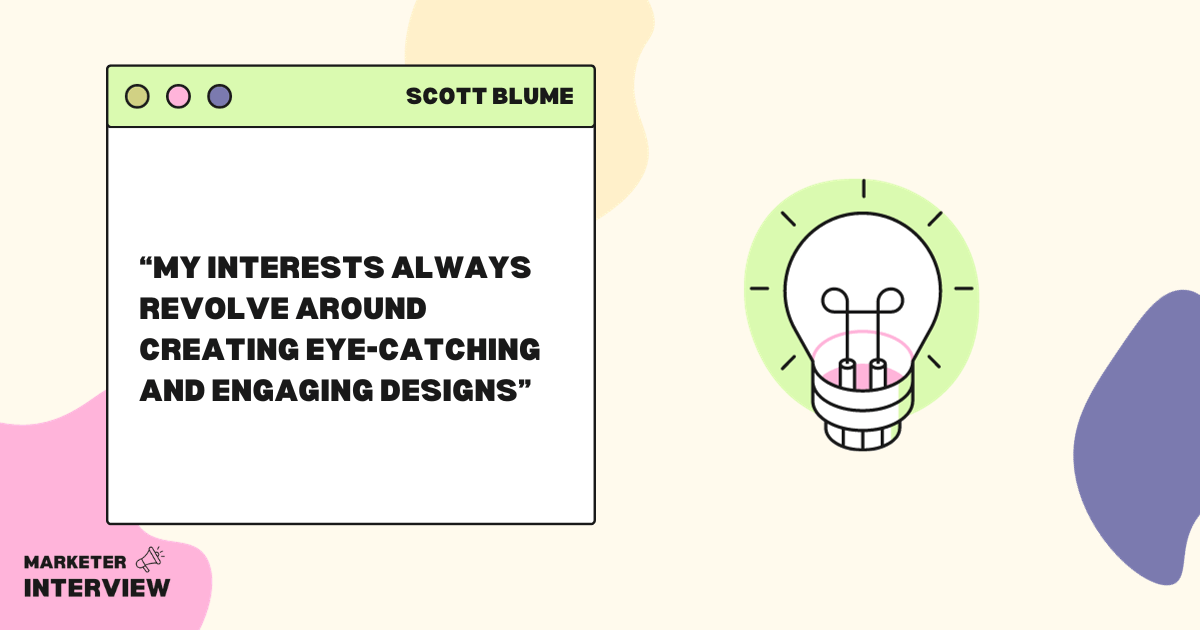
Although there are different approaches, the main processes are the same. On the client side, you are usually working with an agency to produce artwork concepts, therefore producing briefs and working to yearly budgets and schedules. On the agency side, you are working on those schedules and briefs.
The main difference between working as a marketer on both sides is that you create a message you want to communicate on the client side and what mediums you are considering to push that. But on the agency side, you are developing solutions that best display that message and transform it to the mediums from the brief. Of course, scope, deadline, and budget all come into play for everyone.
Print and digital marketing are two distinct realms. How do you effectively bridge the gap between them, and what do you believe are the fundamental principles for success?
Various skills are required to create successful print and digital designs. However, it all starts with a well-thought-out original design. If the first concept has been well designed to consider all of your possible final output mediums, then the job of the design to format your concept to print or digital is relatively straightforward. Some fundamental principles of a practical concept for print and digital are:
1. Designing around a primary lockup or image
2. Choosing colors that translate well to print and digital
3. Keeping long copy, terms, and conditions to a minimum or presented elsewhere like a landing page
4. Consider your CTA and how it could be presented in print and digitally, like a button or QR code
5. Overall consistency.
Successful branding is vital to recognizing your business amongst competitors in the market. It is the starting point to build the identity you hope customers will align with and translate into a firm foothold of market share in your industry.
We have worked on many projects over the years, too many to provide details. Still, if you can design a brand identity that represents your business honestly and approachable, customers will gravitate toward it. As much as a logo is about the business, it is also about the customer.
Suppose they cannot see themselves in your brand. In that case, they will be unable to form a close association with it, which we see so many of the most successful brands employ to build on their market share and establish themselves from their competitors.
This is a difficult thing to do, and that is why many brands refresh their logos over time. Still, the best ones stay mostly consistent because their customer base has adopted their initial design and has taken on additional meaning for which their audience associates value.
Creative strategy is your forte. Could you walk us through your approach to conceptualizing and strategizing for marketing campaigns, and how do you ensure they stand out in a crowded digital landscape?
Broadly speaking, as the process can change with each project, we analyze campaigns run by this client and their competitors. This gives us a solid basis for how to begin problem-solving the brief.
We then brainstorm various approaches, including imagery, artwork style, and overall feel we want to portray. Then, we present these concepts and some information on how each could be executed to the client.
In the digital marketing world, tools and software are essential. Please tell us about the tools and software you find indispensable for your role and how they enhance your creative process.
Unfortunately, there is nothing too groundbreaking here. I always like to be organized, but as things can change on a daily/weekly basis with fluctuating deadlines and client needs, keeping track of project status is very valuable. I use Monday, among other tools, to track projects and our team.
Besides that, we are all integrated with Google Workspace, which has allowed our team to stay in touch, share our files, and work neatly and without fuss. Other than that, we use Adobe as standard and all of the leading web development tools, CRMs, and the like.
Your educational journey includes a Master of Design from UNSW. How has higher education contributed to your career, and do you have any advice for aspiring marketers looking to further their education?
My Master’s degree allowed me to get more accustomed to the design process and thinking. For example, operating a design business, managing client expectations, and problem-solving effectively were crucial things I learned during my post-graduate education.
Any advice I have is: if you can be critical of yourself and find gaps in your education or even your understanding, I recommend following a path to plugging those holes. That doesn’t have to be with a formal degree. It could just be reading a book or listening to a lecture. But if you can be honest with yourself, you can round off your skillset effectively and improve.
Leadership attributes are mentioned in your profile. How do these qualities come into play in your role as a Creative and Web Manager, and what advice can you offer to those aspiring to take on leadership roles in the creative field?
I am all about communication and being contactable at all times. I provide a variety of ways to contact me and discuss anything our team needs day to day.
There are so many leadership styles, and I don’t want to dictate my way as being the best, but I think all managers can start with good communication. So, my advice on leadership would be to be empathetic, listen to your team, and do your best to deliver what they need to be most successful.
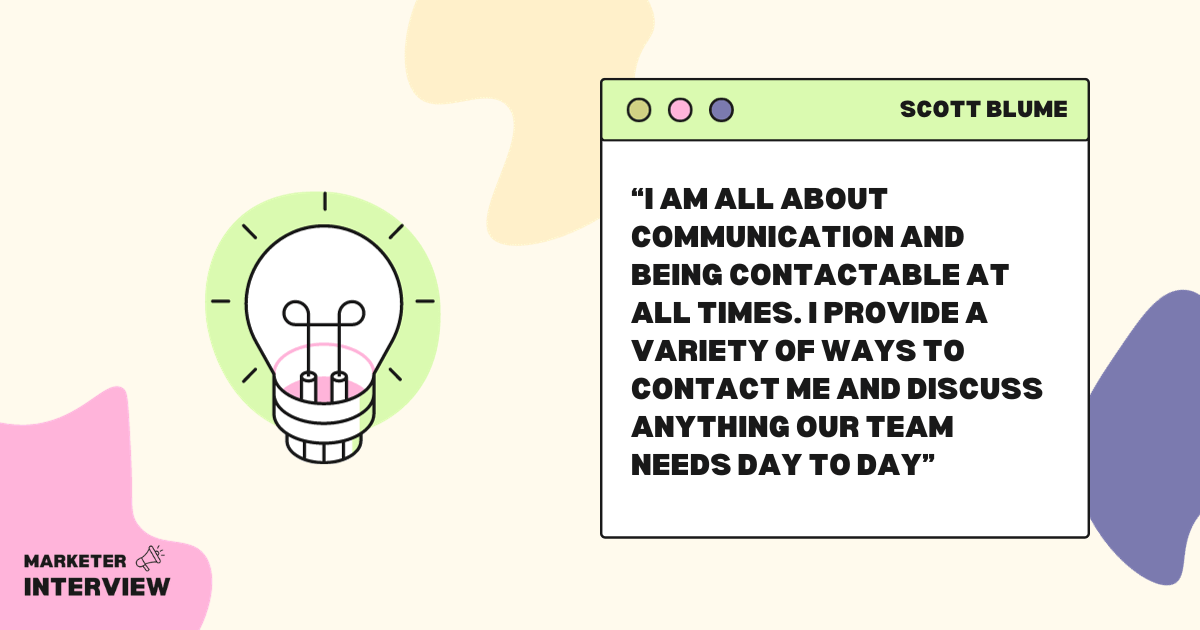
Finally, what exciting projects or trends in the marketing and design world are you currently passionate about or looking forward to?
This is not a trend, but I always look for ways to add interactivity to our projects. Every year, we are seeing progression in ways in which our audience for marketing can be presented with our ads, but we need to find ways to engage and promote them to interact with our ads.
Creating genuinely memorable experiences will help marketers get feedback from potential customers and pull them where we can deliver our message effectively.

